Growing, learning and playing are primary goals in childhood. All children learn to make sense of the world through play. And this includes children with special needs too. However, some of them may present with certain challenges during play. Some examples include:
- Physical limitations that make it difficult to play at the playground or with some toys
- Limited social interaction skills that make interacting and playing with peers difficult
- Attention problems, that make concentrating on a game or activity difficult
Nevertheless, all of these children have some capacity to engage in play. Adaptations and support provided by adults can help them experience a wide range of play activities.

Outdoor and Indoor Activities For Children With Special Needs
Outdoor play is stimulating and suitable for children of all abilities. It especially helps to develop gross motor and social interaction skills. Below is a list of outdoor play recommended and/or modified to suit children with special needs:
| Hopscotch |
|
| ‘Simon Says’ |
|
| Inclusive outdoor playgrounds |
|
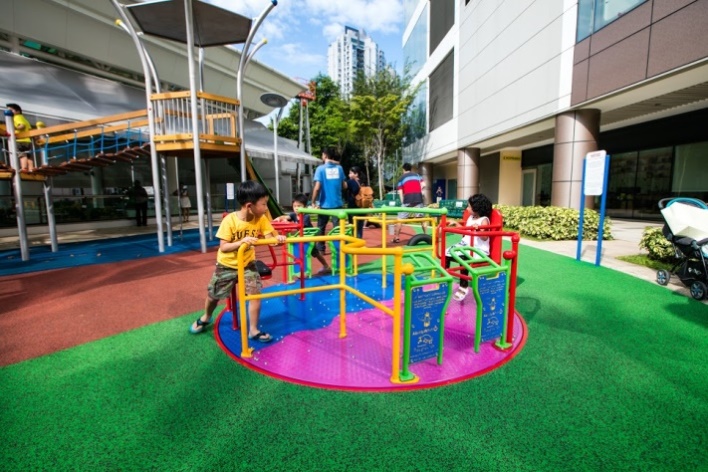 Photo credit: City Square Mall
Photo credit: City Square Mall
The playground at City Square Mall provides outdoor fun and is designed for children between 2 to 12 years old.
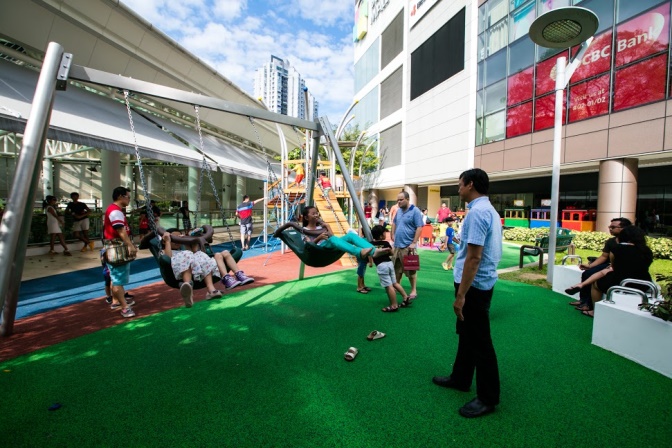 Photo credit: City Square Mall
Photo credit: City Square Mall
It encourages play between children with and without special needs, and will help children without special needs to learn and accept differences and have comfortable social interactions with one another.
Toys for Children with Special Needs
Toys can be viewed as tools for play. When buying toys for children with special needs, it is important to choose toys that are developmentally appropriate. This means that the toys should meet their current abilities and interests, yet at the same time, be able to provide the potential for improving skills. The toys selected must provide a “just right” challenge without frustrating the child.
Some things to keep in mind when choosing toys include:
| Versatility | Toys that have open-ended play potential can be played with in different ways. Examples of versatile toys include stacking cups (for stacking, scooping, pouring, practising the concepts of in/out, etc); balls (for throwing, catching, rolling, bouncing, kicking, etc). |
| Adjustability | Look for toys with adjustable height, speed, sound volume, levels of difficulty to adapt to your child’s changing needs. |
| Multi-sensory appeal | All children are attracted by toys which engage their senses. Children with visual impairments, for instance, need toys with various textures, sounds and/or scents. Sighted children love toys that are visually stimulating with contrasting colours or lights. However, be aware that blinking or flashing toys may trigger seizures in children who are prone to having seizures. |
| Safety and durability | Ensure that toys are made from non-toxic materials and are not choking hazards. They should also be easily cleaned. |
| Potential for social interaction | Toys should encourage social interaction with others to improve communication skills. |
Just buying and giving toys to your child is not enough. You will have to take an active role in your child’s play. Get down on the floor to meet your child at his level. Follow his lead and build on this interest. Wait to see at what point he needs assistance before providing it. Gradually reduce the assistance until he is able to do the activity independently. For example, a girl with fine motor skill difficulties might be struggling to rotate a wooden knob puzzle piece to fit on the board.
Step in and do the following before she gets discouraged:
- Provide hand-over-hand assistance to help her to rotate the puzzle piece so that it fits.
- Repeat several times with both verbal and physical prompts.
- Gradually reduce the number of physical prompts. You could say, “Remember? Turn your wrist this way.”
- With repeated practice to solidify her learning, she will be able to fix the puzzle independently.
Children who do not seem to be interested in toys will require more support. They may have no idea what to do with the toys, or have not achieved the ability to engage in trial-and-error exploration, or have poor task persistence, or all of the above. You will need to teach these important cognitive processes by showing her how to play with the toys.
Cause-and-effect toys provide an immediate response and are a good starting point to introduce to these children to play. Some examples of cause-and-effect toys are Jack-in-the-boxes, marble runs, and electronic toys that activate lights or sounds when you press a button.
Children with special needs do face obstacles engaging in play and are at a higher risk of play deprivation. This will have a negative impact on their development and overall health and well-being. It is the duty of parents and caregivers to help their children experience the benefits of play using appropriate activities or toys and joining in the experience itself.
Benefits of Play
| Cognitive | Play provides a safe context in which ideas and behaviours can be combined in new and different ways. Children learn how to be creative and flexible when they explore and take on different roles. |
| Physical | Exposure to different types of toys will give children opportunities to learn how to manipulate or play with different equipment. Children also explore and execute new combinations of cognitively guided motor behaviours through play. This contributes to their fine and gross motor development and body awareness as they actively use their bodies |
| Social | Children learn social rules through their play in games with other children. They learn how to follow rules, turn take and to communicate with peers. |
| Emotional | Play is a means for children to express and cope with feelings. |
| Language | When engaging in pretend play, children use role-appropriate statements and language to play out a scenario. When playing with others, children also use language to request, ask questions and come up with different play ideas. |
This article is contributed by Chu Lee Thean, Occupational Therapist, Thye Hua Kwan Moral Charities (THK Therapy Services – THK Children’s Therapy Centre) & Loretta Ho, Occupational Therapist, Thye Hua Kwan Moral Charities (THK Therapy Services – Development Support Programme).
For more information, go to thkmc.org.sg.
This article was first published in The New Age Parents e-magazine.
* * * * *
Like what you see here? Get parenting tips and stories straight to your inbox! Join our mailing list here.
Want to be heard 👂 and seen 👀 by over 100,000 parents in Singapore? We can help! Leave your contact here and we’ll be in touch.












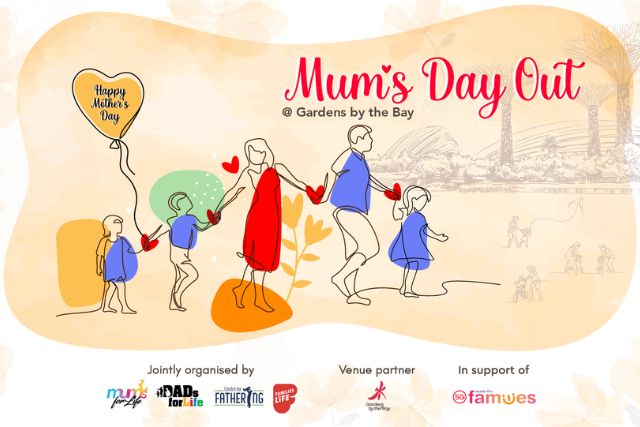
























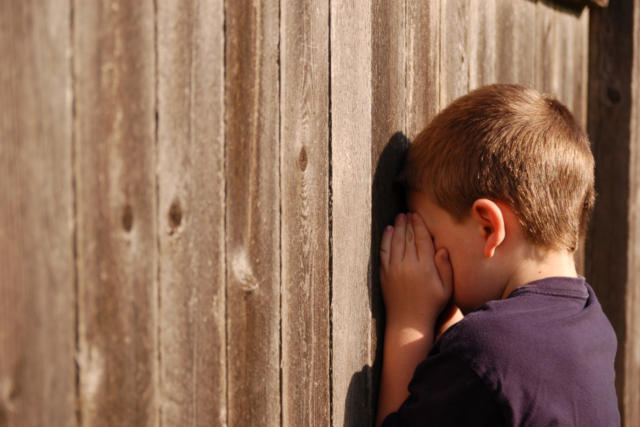


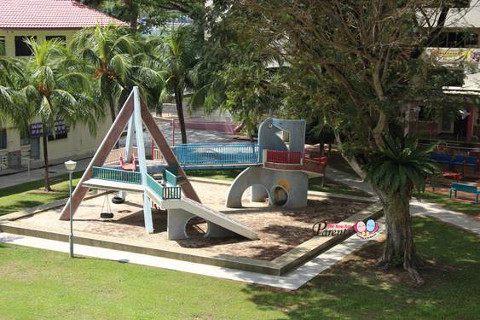
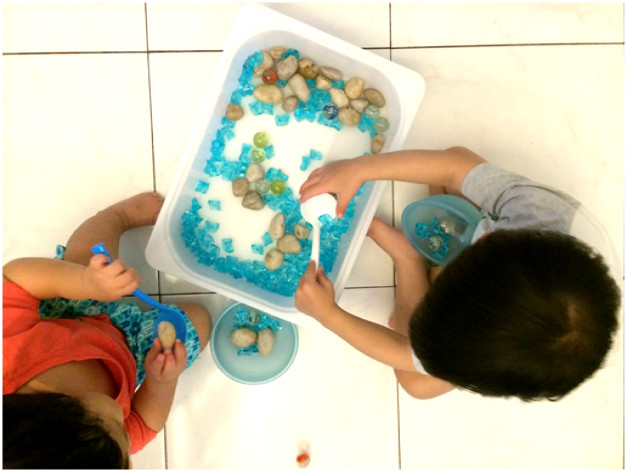


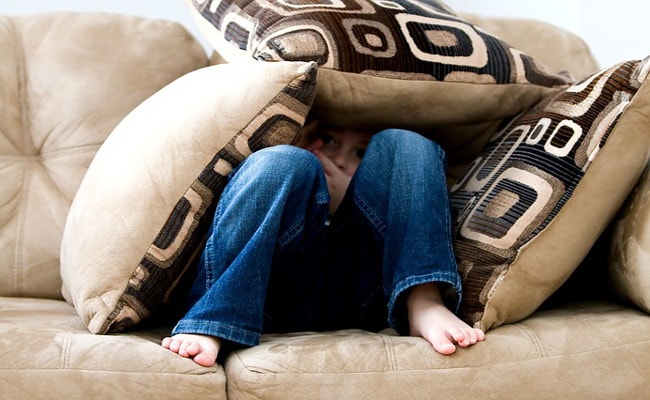

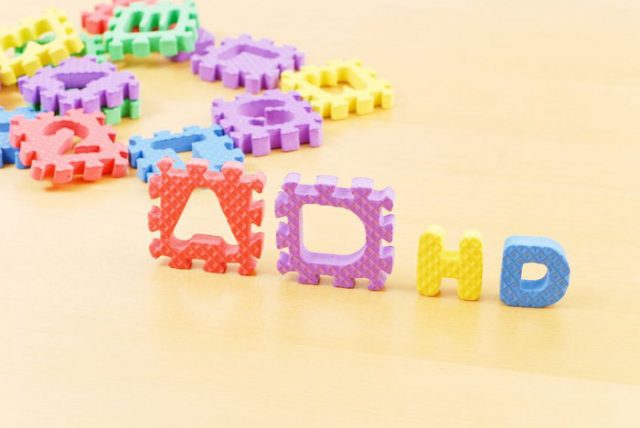
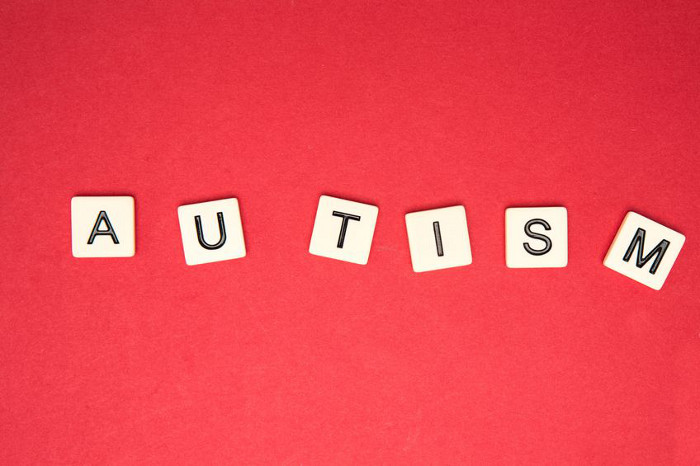
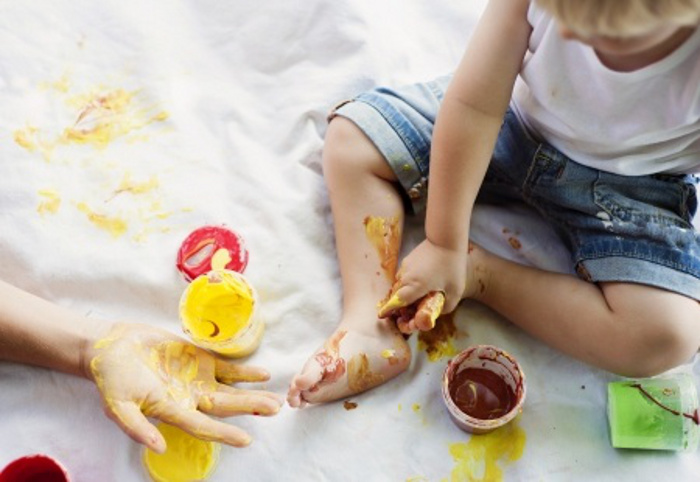
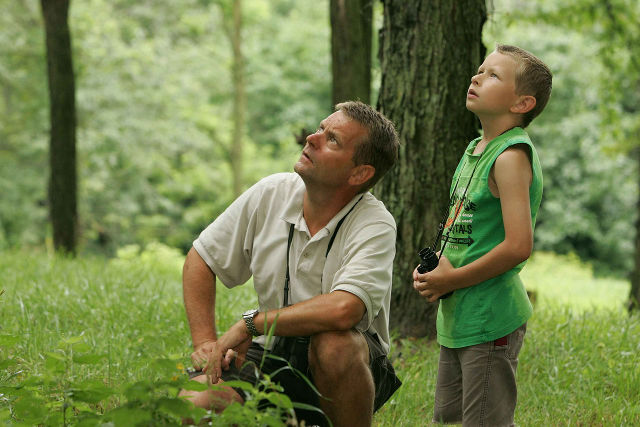









Leave a Comment: